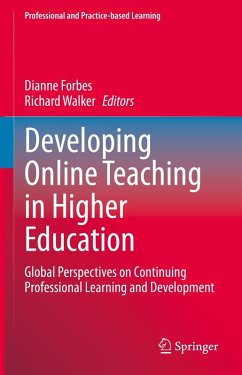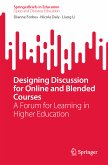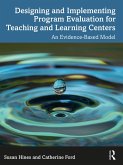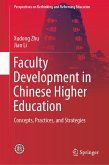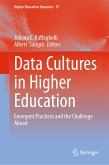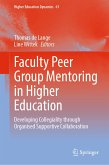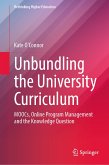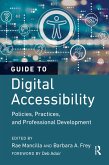This book serves as a reference point to inform continuing professional learning and development (CPLD) initiatives at both individual and institutional levels. It serves as a guide for faculty engaged in online teaching within the higher education sector, in universities and vocational education institutions. It moves beyond a technology-driven approach by emphasising pedagogy and design as key issues in online teaching practice. It will highlight challenges to staff engagement and how they may be overcome, drawing on evidence-based examples and models of CPLD from institutions around the world. It is underpinned by a framework that emphasises the need for CPLD that is sustainable and adaptable to a range of contexts, particularly in professional learning and development. This book also highlights practices aimed at sustainable, continuing, learning, and brings together a range of solutions and suggestions to assist educators and institutions with CPLD.
Dieser Download kann aus rechtlichen Gründen nur mit Rechnungsadresse in A, B, BG, CY, CZ, D, DK, EW, E, FIN, F, GR, HR, H, IRL, I, LT, L, LR, M, NL, PL, P, R, S, SLO, SK ausgeliefert werden.

